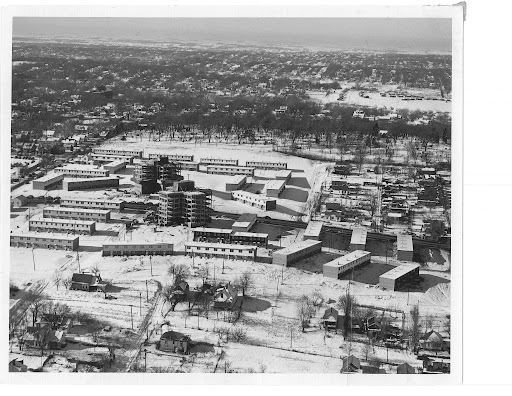
The Highlander was once the location of two extensive public housing facilities. By 2009, both of them were demolished, opening up acres of contiguous land less than a mile from downtown Omaha and its emerging midtown area.
This created a unique real estate opportunity with the potential for enormous community impact—yet it remained vacant for over a decade. The neighborhood surrounding this site had begun to deteriorate, leaving vast swaths of unkempt land and condemned homes. While these conditions were disconcerting, they represented an opportunity to revitalize the neighborhood’s landscape to meet the community’s needs.
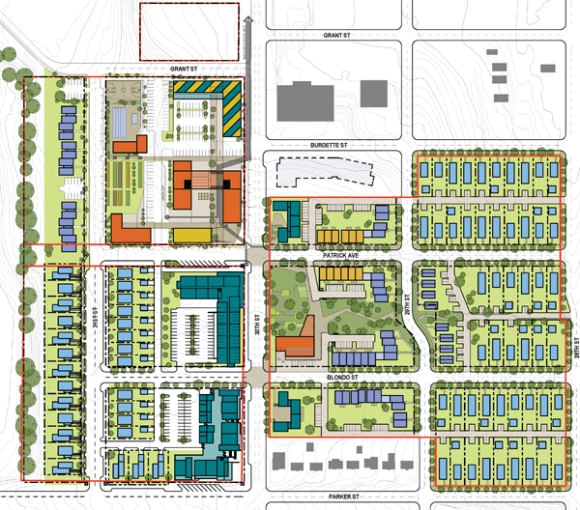
For more than a decade, surveys, studies, meetings, and other community engagement activities were conducted with community members to understand the challenges and opportunities in North Omaha. These findings fell short of concerted action to address the continued decline in many North Omaha neighborhoods.
The unique context and rich history of Highlander demanded an approach that addressed the specific needs of legacy residents while building pathways to prosperity and opportunity for newcomers. It became evident that the redevelopment of the Highlander neighborhood needed to be more than a program or an initiative of an existing organization—it required an organization whose entire mission and vision were dedicated to this cause.
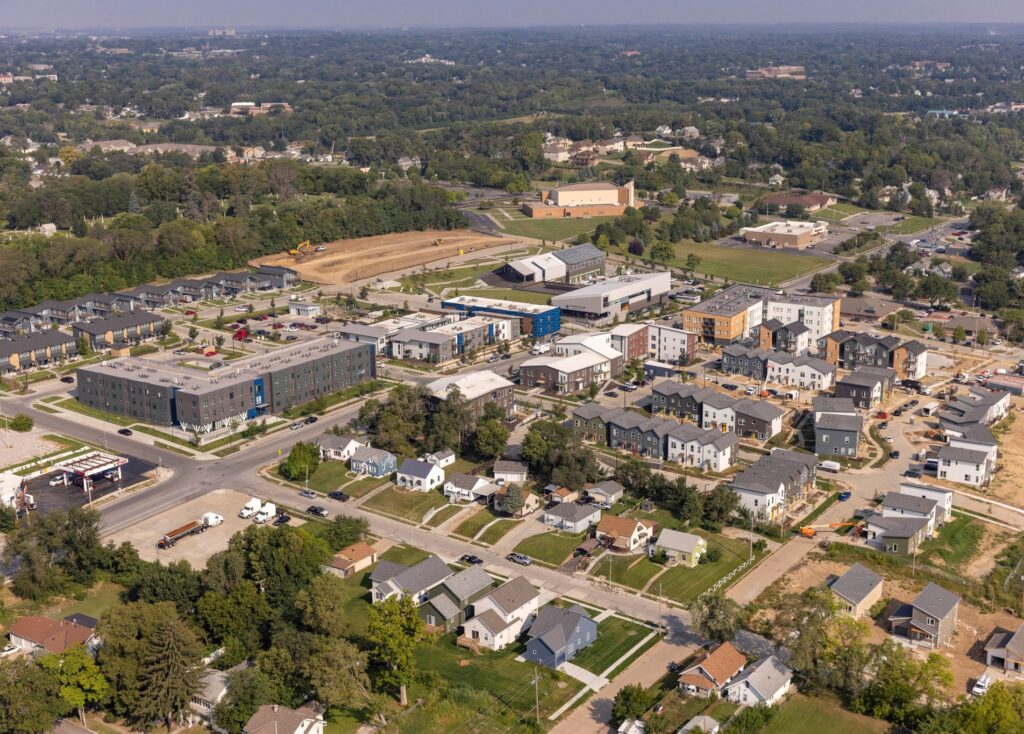
Inspired by the holistic Purpose Built Communities model, Seventy Five North was established in 2011 as a nonprofit organization focused on the hyperlocal redevelopment of the Highlander neighborhood in North Omaha. Seventy Five North’s mission is to transform the area into a vibrant, thriving community through high-quality housing, educational opportunities, and community wellness initiatives. Seventy Five North’s hyperlocal approach, in partnership with numerous community stakeholders, ensures the mission’s sustainability and impact.
Seventy Five North Revitalization Corp. was founded as a 501(c)(3) with the mission to facilitate the creation of a healthy, sustainable, mixed-income community complete with thriving schools, recreational facilities, and other amenities to attract new public and private investment.

Hundreds of North Omaha residents were engaged in community listening sessions to provide input on the development of housing and amenities for Highlander.
Seventy Five North finalized the purchase of 36 acres of contiguous land, along with an additional 55 lots surrounding the former Pleasantview site.

Omaha Public Schools approved a 10-year Community Partnership Agreement with Seventy Five North to transform Howard Kennedy Elementary into a high-performing school that exists as part of an integrated, holistic neighborhood redevelopment effort.
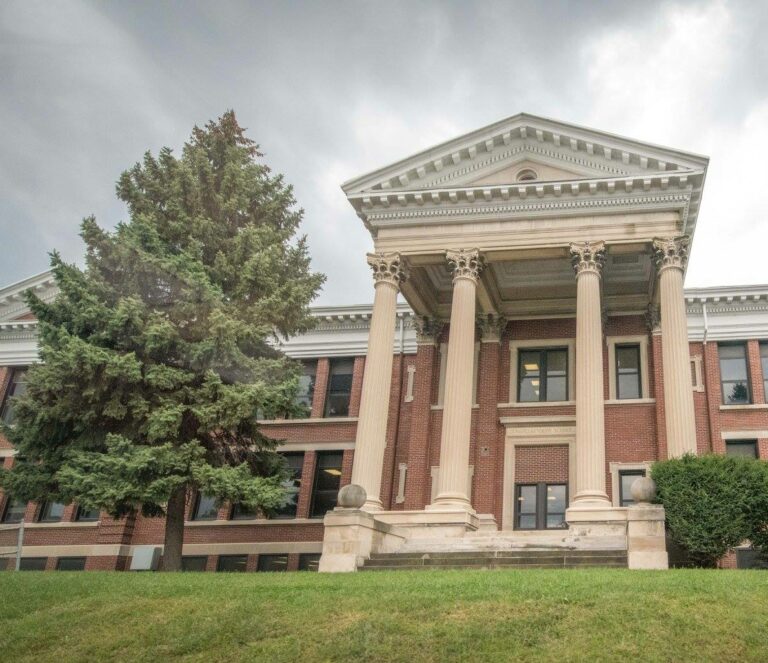
A newly constituted Howard Kennedy Elementary opened its doors with new leadership, a new curriculum that stresses project-based learning, literacy, science, technology, engineering, art, and math, and an extended school day and year.

The first phase of construction was completed! The Accelerator opened its doors to the community and 101 units of mixed-income housing reached 100% occupancy.
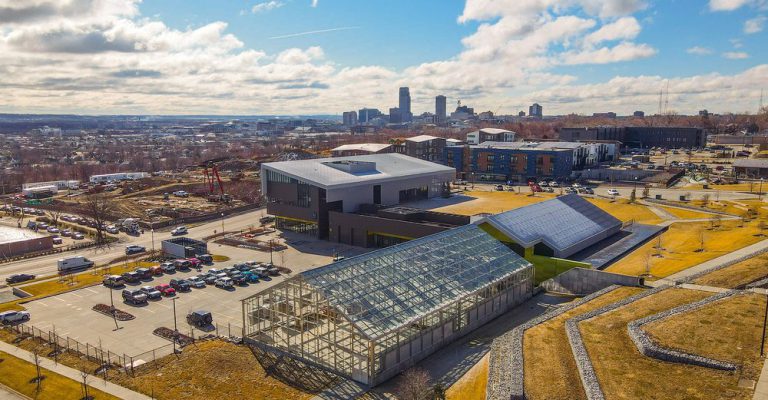
Building on the successful momentum of 75 North’s Community Partnership Agreement with Omaha Public Schools, the organization raised money to construct the Omaha Early Learning Center at Kennedy.
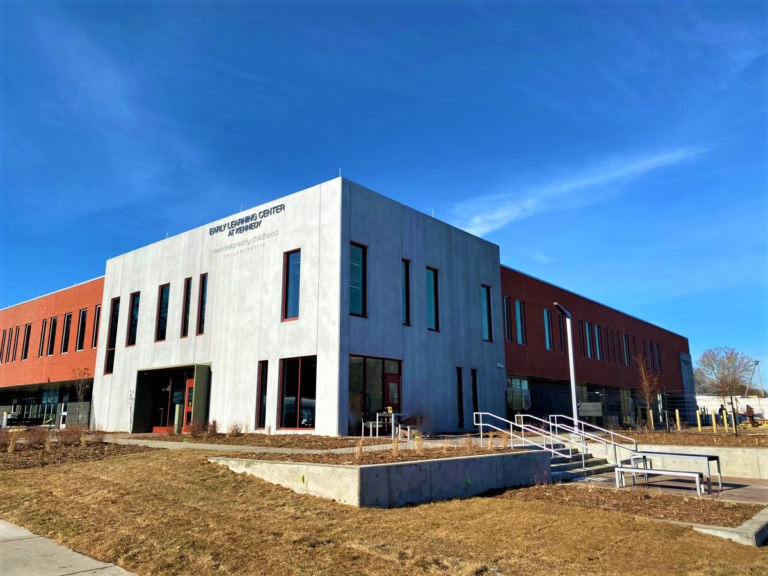
The City of Omaha, Omaha Housing Authority, and Seventy Five North Revitalization Corporation received a $25 million, 5-year Choice Neighborhoods Implementation Grant.
Administered by HUD, this grant leverages significant public and private dollars to support locally-driven strategies to improve the wellbeing of people in the North 30th corridor and former residents of Spencer Homes.
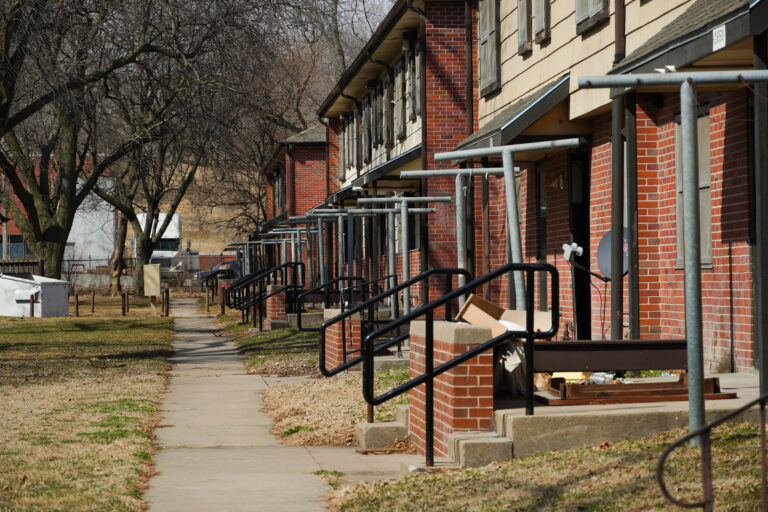
Highlander’s third phase of development, a 60-unit senior housing facility, was completed in early 2021 and was fully leased shortly thereafter.
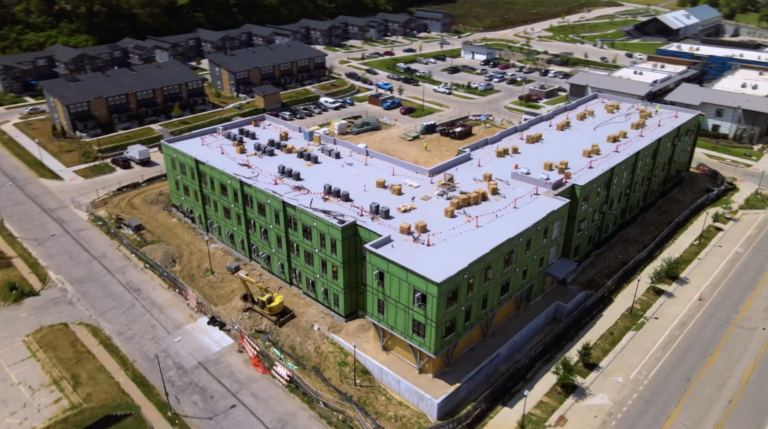
In collaboration with Blair Freeman and various local contractors, Seventy Five North introduced 16 newly constructed homes and the renovation of three existing homes along the North 30th Street Corridor.
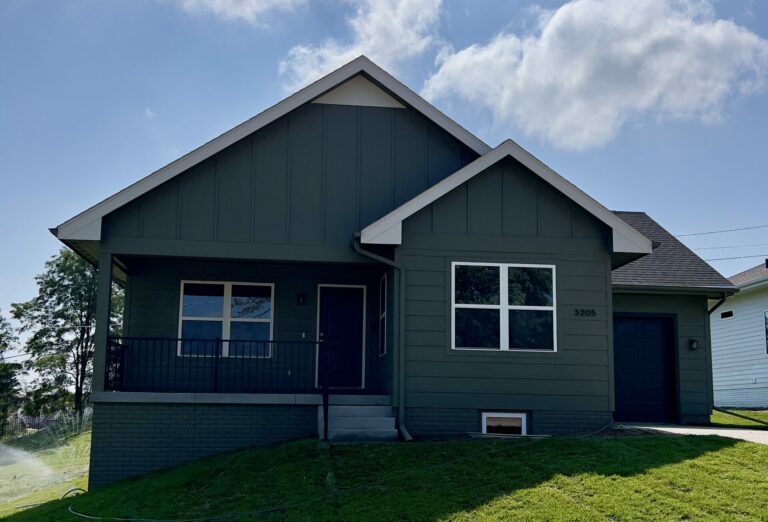
In its fourth phase, the Highlander mixed-income rental community expanded by 108 new apartment-style and townhome units.

Notifications